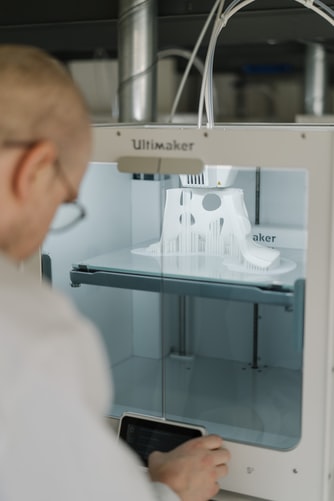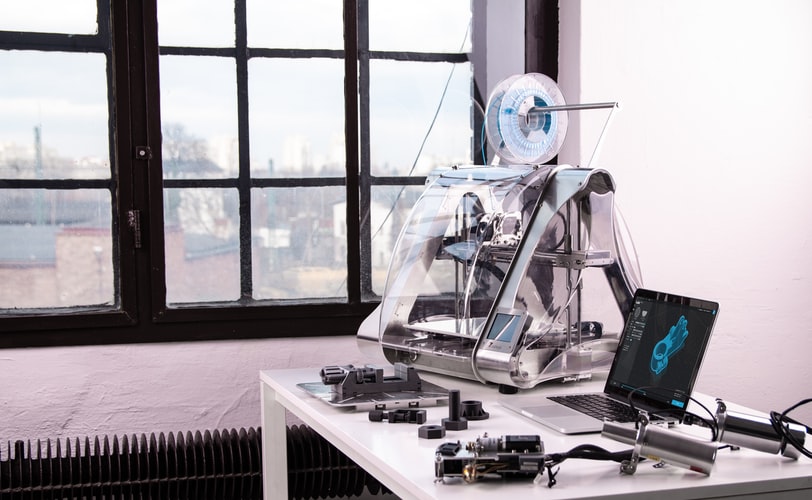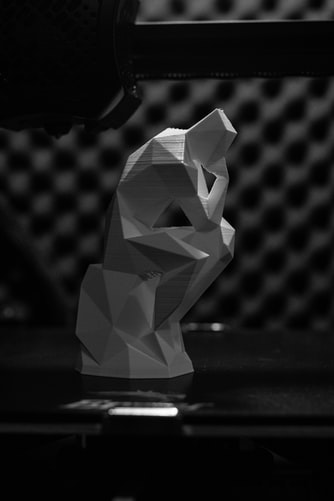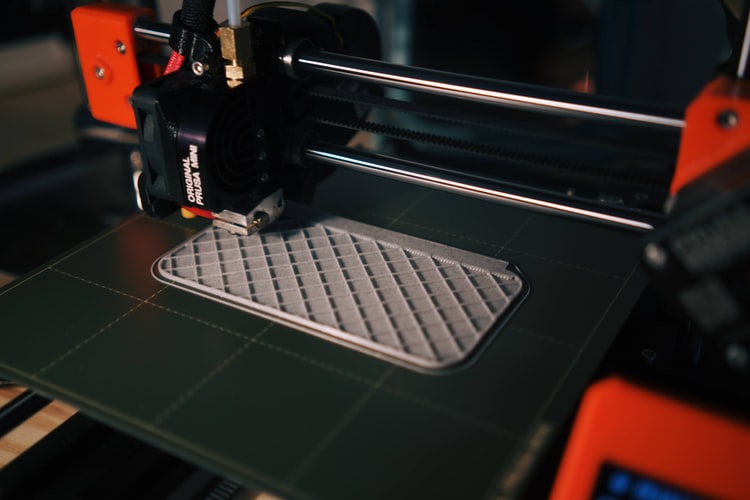3D printing, or additive manufacture, is the building of a three dimensional object out of a CAD drawing or a digital 3D image. While additive technologies have been around for many years, it was in 1980 that the additive technology was first used to produce metal objects out of plastic and then to apply them to a surface. Today additive technologies are used to not only build objects out of more traditional materials but also to design new materials. 3D printing allows even the most inexperienced manufacturers to create objects out of nearly anything that can be thrown into the printers.

What Are 3D Printers ?
There are a number of different types of additive printable on the market today. One popular type of additive printable material is vinyl. Vinyl is an extremely versatile material and is used for everything from simple decorative objects to large-scale industrial equipment parts. Other popular materials include nylon, polyester, paper and other synthetic fibres. There are a wide variety of three-dimensional printers available, from desktop and small office printers to larger industrial machines designed to create entire buildings out of various materials.
While the printing process using a desktop printer is relatively slow, many printing shops use industrial printers to get extremely high quality prints out of large pieces of three-dimensional material. One common technique used in this process is known as fusion printing. Fused deposition modelling is a technique that is sometimes used in conjunction with UV curing and/or solid phase bindery. The end result is a highly three-dimensional product that is not only durable but can be highly detailed as well.
How Do 3D Printers Work?
Because traditional inkjet printers are unable to create highly detailed three dimensional products, artists and other professionals frequently use 3D printers to create images from their computer files. Most artists use a combination of traditional inkjet printers and their 3D printer. In order to get the best result from both types of printers, it is important to create a printing plan that will ensure optimal use of both machines. For example, it is possible to scan your original images and then use a traditional inkjet printer to print them out on colored paper. However, it is also common to print only the portions of your image that need to be printed out.

If an artist needs to duplicate a particular shape or design on a piece of metal, it is often necessary to use fdm (fiber glass fluorescent) copiers. FDM is similar to the typical resin or aluminum printer that is found in most commercial studios but it is specifically designed to work with metals rather than paper. FDM copiers can be used to replicate almost any type of surface – although they are most often used to print on metals. Many architectural models and creations use fDM three-dimensional printing technology, as it is capable of creating highly detailed models that can be used as wall decorations or as reproductions of statues and other art pieces.
Conclusion
In order to create accurate designs, it is necessary to work with a software program that is designed to create the most detailed and accurate representations possible of the objects that you want to replicate. This type of program is most commonly known as CAD (computer-aided design) software. It is important to choose a CAD program that has been specifically designed for the specific purposes of fusing or bonding the different types of materials that will be used in your project. If the software is not specifically designed for metal three-dimensional printing then the results can be disappointing. You can also purchase 3D printing machines from online distributors if you do not have a selection of equipment in your immediate area.


Lynn covers artistic collaborations, curating stories that celebrate craftsmanship and design innovation.


